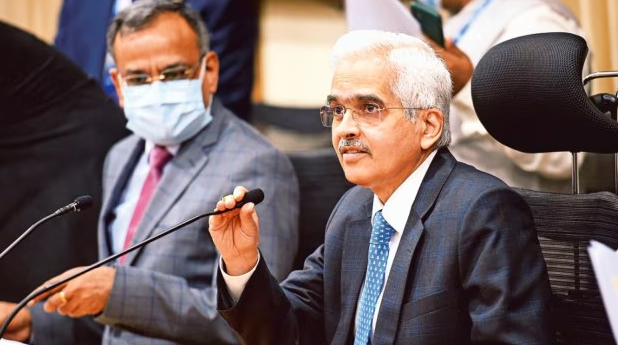Managing Inflation: How RBI and Government Are Tackling Supply-Side Challenges
 Angelina
Angelina
Inflation management is a critical issue, especially in times of economic uncertainty. To address this, the Reserve Bank of India (RBI) and relevant government ministries are in constant dialogue to implement effective supply-side measures. According to RBI Governor Shaktikanta Das, these discussions are ongoing and dynamic, responding to the evolving situation.
Government's Proactive Measures
The government has been actively taking steps to manage inflation, with several ministries closely monitoring the situation as it unfolds. Governor Das highlighted that unexpected events, such as sudden rainfall and floods, are also part of these discussions. These natural occurrences can have a significant impact on inflation, particularly on food prices, and thus require careful attention and coordination between the RBI and the government.
Monitoring the Impact of Floods on Inflation
Addressing the recent floods that affected regions like Kerala and Himachal Pradesh, Governor Das noted that the RBI is closely monitoring their impact on inflation. While the floods were localized, they could still cause temporary disruptions in the supply of essential goods, particularly vegetables. However, the RBI believes that the inflationary impact of these events will likely be short-lived.
Lessons from Recent IT Outage
The recent global IT outage, which disrupted businesses across multiple countries, served as a stark reminder of the vulnerabilities in today's highly interconnected world. Governor Das emphasized the need for banks and financial institutions to develop robust risk management frameworks for their IT systems, cybersecurity, and third-party outsourcing arrangements. The incident underscored the importance of having solid business continuity plans (BCPs) to ensure operational resilience in the face of such disruptions.
RBI's Stance on FAR Investment
RBI Deputy Governor Michael Patra provided insights into the exclusion of certain securities from the Fully Accessible Route (FAR) for foreign investors. He noted that the majority of FAR investments are concentrated in securities with a maturity of 5 to 10 years, accounting for 90% of total investments. In contrast, only 2% of the 30-year securities have attracted interest. The RBI is giving investors time to adjust their portfolios as India's weight in global bond indices is expected to increase gradually over the next 10 months.
Currently, all existing securities issued are available for FAR investment, amounting to Rs 41 lakh crore, of which only Rs 2 lakh crore has been invested so far. The RBI anticipates that Rs 4 lakh crore of new issuances will be open to FAR, offering ample investment opportunities for foreign investors.
Conclusion
In the face of economic challenges, the RBI and the government are working closely to manage inflation through a combination of proactive measures and continuous monitoring. Whether addressing the impact of natural disasters or strengthening the financial system's resilience to IT disruptions, the focus remains on maintaining economic stability and ensuring that inflationary pressures are kept in check.
Subscribe to my newsletter
Read articles from Angelina directly inside your inbox. Subscribe to the newsletter, and don't miss out.
Written by
